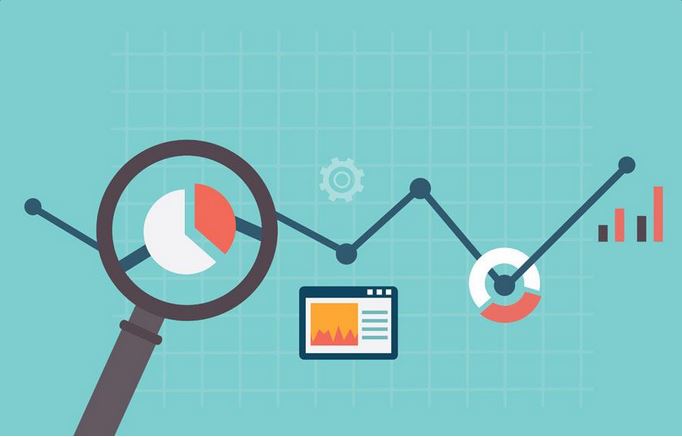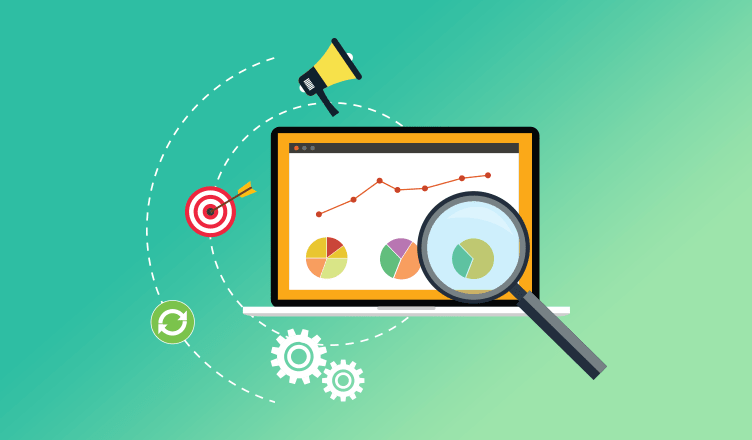
Introduction:
As search engines evolve and become more competent, digital marketers must adapt their strategies to stay ahead of the curve. Google Analytics is one of the most essential tools to help you do this. Google Analytics is an analytics platform that provides insight into how users engage with your website. It is an invaluable tool for tracking and optimizing your SEO efforts.
Google Analytics offers an array of features that can help you uncover the effectiveness of your SEO. It’s important to note that Google Analytics is constantly evolving, and new features are constantly being added. So, although the tips we’ll discuss are applicable now, they could be very different in the future. It’s crucial to stay up-to-date with all the changes and ensure you’re taking advantage of all the features Google Analytics offers.
This article examines eight little-known Google Analytics tips for unearthing your SEO efforts in 2023. We’ll introduce the basics of Google Analytics and how it can help with SEO. Then, we’ll dive into the specifics of each of the eight tips.
8 Google Analytics Tips For SEO
Tip 1: Understanding Acquisition Reports
An acquisition report is a handy tool that provides valuable insights into your SEO. This report shows how your visitors find your website and which search processes are most effective. It can also reveal which websites refer traffic to your pages and which campaigns drive the most conversions. With this data, you can make more informed decisions about your SEO strategy and optimize your efforts to get the most out of them.
The acquisition report provides a comprehensive overview of the sources bringing traffic to your website. This includes organic search, direct traffic, referral traffic, and any campaigns you run. A great way to analyze this data is by looking at the “Acquisition Channels” section of the report, which shows you the overall breakdown of the sources driving traffic to your website. From here, you can look at the individual sources and better understand how they are performing.
One of the key metrics to look at is the “Sessions” and “New Users” metrics, which will give you an idea of how many visitors each source brings in. It is also essential to look at the “Conversion Rate,” which will show you the efficiency of each source. This metric can help you decide which sources are worth investing in and which should be put on the back burner.
Lastly, the acquisition report is a great way to look at the performance of your SEO. By looking at the “Organic Traffic” section, you can get an idea of how your SEO efforts are doing and which keywords are driving the most traffic. This can help you better decide which keywords to target and how to optimize your content for those keywords.
Tip 2: Utilizing Query Reports

Query Reports in Google Analytics are beneficial for SEO efforts as they deep dive into what users search for on your website. This report contains data such as the terms people use to search, the number of times they’ve searched, and the results of the searches. This data can be used to determine what people are looking for on your website and how best to optimize SEO.
Query Reports can also identify potential keywords and track user trends. By understanding the queries people use on your website, you can decide which keywords to focus on in your SEO.
Tip 3: Leveraging Real-Time Statistics
Real-time statistics are an invaluable tool for measuring the effectiveness of your SEO efforts, as they provide an instantaneous view of how your site is performing in the search engine rankings. By leveraging real-time statistics, you can gain insight into which pages perform best, which keywords drive the most traffic and conversions, and which pages need to be optimized further.
Real-time statistics in Google Analytics offer an array of information that can help you make informed decisions about your SEO strategies. They provide data on the number of active visitors to your website, the bounce rate and page views, and the number of sessions that result in conversions. You can also use real-time statistics to track trends in search engine rankings and identify opportunities to enhance your SEO performance.
In addition, real-time statistics offer a great way to monitor the performance of your SEO efforts. For instance, if you are running a paid search campaign, you can track the performance of your keywords in real-time to ensure you are getting the most bang for your buck. You can also track how your pages rank for specific keywords over time so you can adjust your SEO strategy as needed.
Real-time statistics can also identify problems or opportunities to improve your SEO results. For example, if you notice a drop in search engine rankings, you can use real-time statistics to identify the cause of the drop and make the necessary adjustments. On the other hand, if you notice that a specific keyword is driving a lot of traffic and conversions, you can use real-time statistics to capitalize on the trend by targeting more related keywords.
Tip 4: Comparing Channels

Comparing channels is an integral part of understanding how your SEO efforts are performing. This report comprehensively explains how different channels, such as organic, paid, social, and email, impact your SEO performance. It lets you see which channels are most successful and must be optimized.
By understanding the performance of each channel, you can adjust your SEO strategy and provide users with the best possible experience. Additionally, you can use the data to make informed decisions on where to invest your time and resources.
Tip 5: Exploring Referral Paths
Exploring referral paths is a great way to understand your SEO efforts better and identify new areas to focus on. By examining referral paths, you can gain valuable insight into the sources of your website traffic and the actions taken by each visitor so that you can make informed decisions about your SEO strategy. With the help of the Google Analytics report, you can track each visitor’s path through your website and understand where they are coming from and what they are doing.
This report can help you optimize your website structure, content, and links to ensure maximum visibility and relevance to your target audience. Using this report, you can also identify links that are not providing the desired results and adjust your SEO accordingly.
Tip 6: Analyzing Landing Pages
Landing page analysis is essential for assessing the success of your SEO efforts. The landing page report in Google Analytics can reveal how users interact with your website once they arrive on it. It provides data on the total number of visits, bounce rate, average pageviews, and average session duration. This report can help you identify pages that need improvement and allow you to track how individual landing pages are performing.
Analyzing the landing page report can help you to identify any technical issues that need to be addressed and to optimize your website structure. It can also provide insights into user behaviors and preferences, allowing you to make informed decisions about optimizing your website for SEO. Understanding how users interact with your website is vital to improve visibility and organic search rankings.
Tip 7: Examining Goal Flows

Examining goal flows is essential in unearthing your SEO efforts in 2023. A goal flow report can provide insight into how users navigate your website and interact with different pages. It can also help you identify areas where users drop off or leave your site. It can also provide valuable data on how specific search terms and campaigns are performing.
The goal flow report shows a user’s steps on your website from the initial landing page to the goal page. By analyzing this data, you can determine which pages are performing well and which are causing users to leave your site. This report can also help you identify areas where users struggle to complete goals or do not reach the goal page.
The goal flow report contains a variety of data points that you can use to improve your SEO value. For example, you can use this report to identify which pages are causing users to leave your website and then look for ways to optimize these pages to ensure that users stay and complete their goals. Additionally, you can use this report to track the performance of specific campaigns and search terms and ensure that your SEO efforts continue to be effective.
Tip 8: Monitoring Site Search
Google Analytics can be a powerful tool for unearthing your SEO efforts in 2023, and one way to do this is by monitoring site searches. Site search provides valuable insights into how people use your website to find what they seek. By understanding what people are looking for, you can optimize your SEO to increase traffic to your site.
The site search report in Google Analytics can help you understand what queries are most popular on your website. This report provides data on what keywords people are typing in to search your website, how often they search, and which pages they are clicking on after their search. This data can be used to identify trending topics, uncover new content ideas and optimize keywords for SEO.
Analyzing the site search report data can also help you understand what content is most relevant to your audience. This report can reveal what pages are being clicked on after a search, indicating the most helpful content for your users. By understanding what content your users find valuable, you can use this information to create highly relevant content.
The site search report can also help you measure the success of your SEO. This report can tell you how much traffic is coming to your site from search queries and can also help you track organic search traffic over time. By measuring the number of searches and clicks, you can better understand your SEO strategy’s effectiveness.
Conclusion
Google Analytics is a potent and valuable tool for SEO in 2023. With its wide range of reports, metrics, and features, it can provide valuable insights into the effectiveness of an SEO strategy. The 8 tips discussed in this article provide a valuable overview of using Google Analytics to unearth SEO efforts.
Understanding and utilizing acquisition reports, query reports, real-time statistics, channel comparisons, referral paths, landing page analyses, goal flows, and site search data can make more informed decisions about SEO strategy. Ultimately, Google Analytics is an essential tool for any SEO strategist in 2023.

Author Bio:
Faina Josephine is an SEO expert and a passionate content writer working at JetRanks.com. She delivers excellent ideas in ranking your website and helps people to drive scalable profits for websites with proven link building strategies.